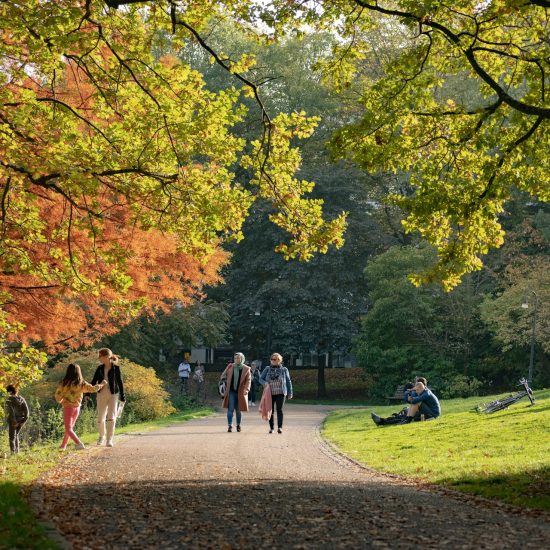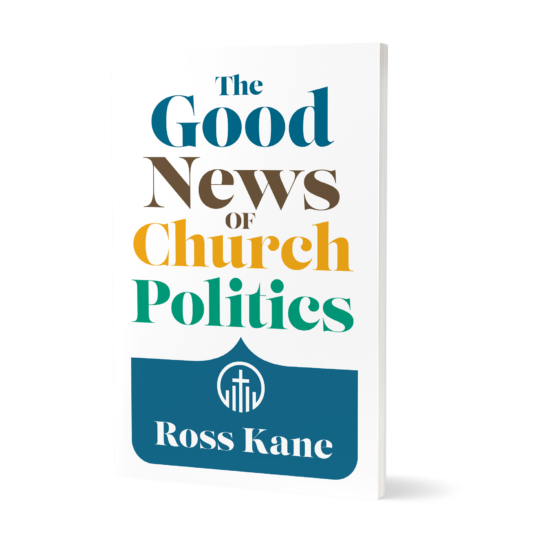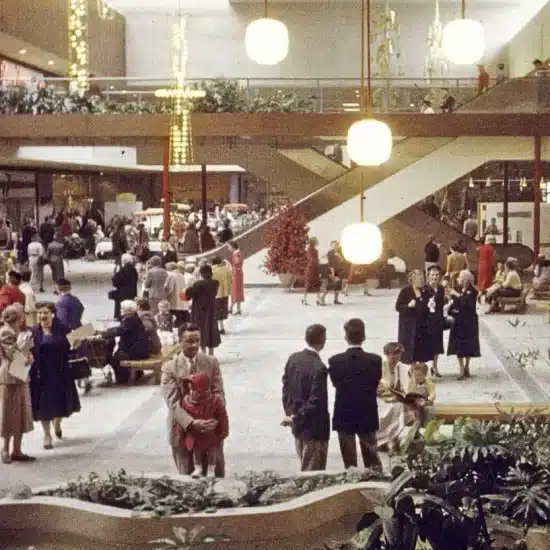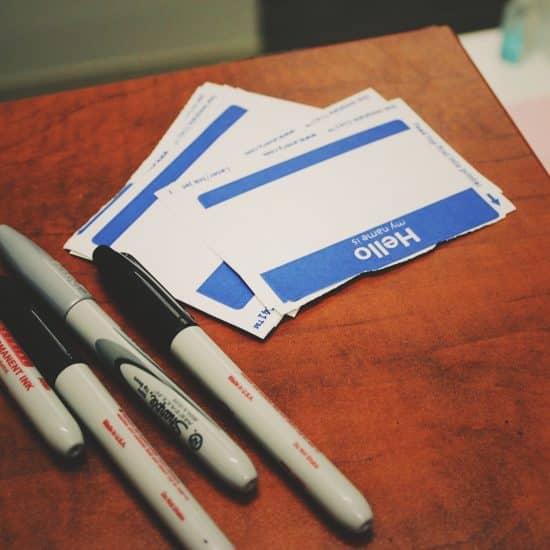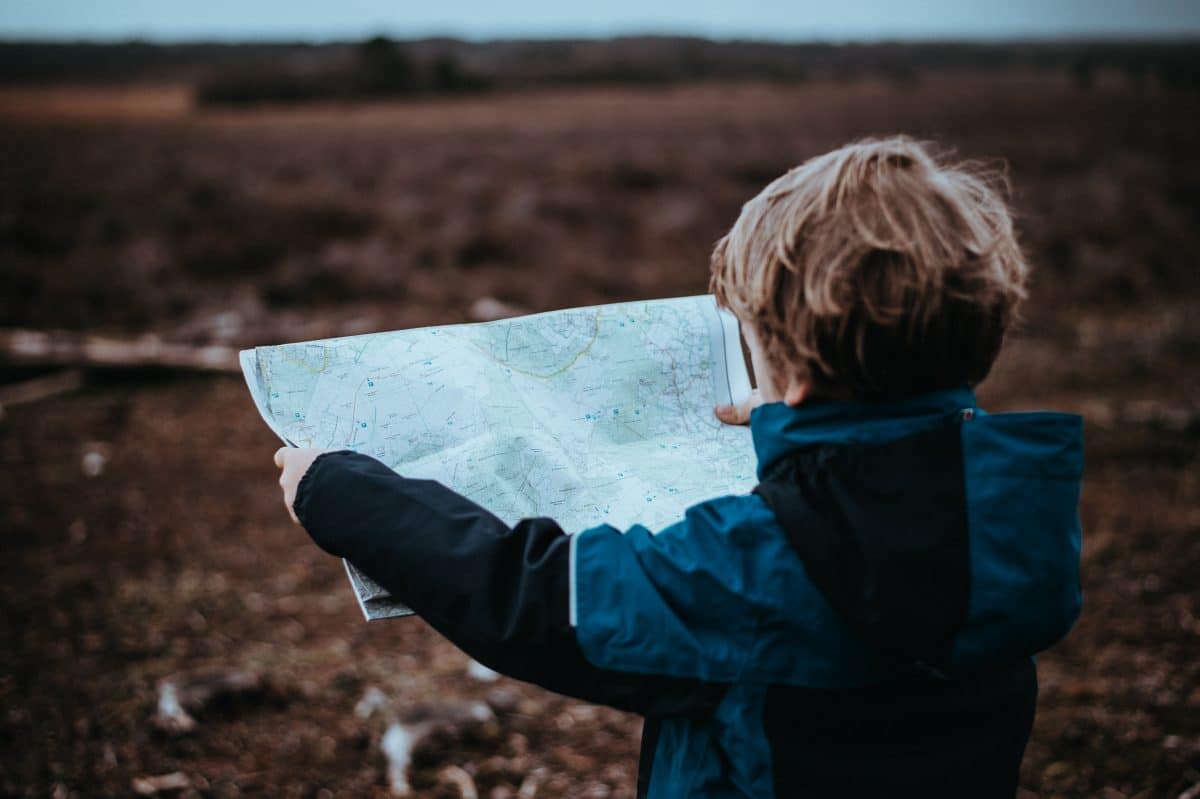
The meager winter evening light began to dwindle as the road ahead narrowed from an eastern North Carolina highway to a one-lane road to a small gravel track. As our tires sent rocks careening in every direction, we knew that something definitely had gone wrong. The dust made the air as murky as the marshy swampland that surrounded the path we were trying to follow through the darkness. We tried to remember back to the last time we had seen another car. And yet, the calm voice coming over the car speakers assuredly told us that our left turn was one mile ahead.

Sarah Blackwell
With no cause for alarm from our guide, we persisted onward thinking that this must be some weird shortcut known only to the factory-programmed GPS system installed in our car. Having not traveled this way before, I was uncertain which winding backroads would get us there fastest. So, for once, I had surrendered control to our GPS and trusted it would find the fastest way to get us there. What great time we would make!
This surrender was a big deal for me because I have always been a map girl. My mom recounts driving from the South Carolina coast to northern Ohio with me (as an early elementary student) using maps to give her directions. As a kid growing up in central Missouri, my family often set off on epic road trips to visit my cousins in Michigan, Nebraska, and Florida as well as trips to the beaches of South Carolina and the mountains of Vermont and Colorado. I spent hours of that pre-GPS time with a giant Rand McNally map spread across my lap as I followed exit numbers, searched for roadside parks, and guessed the populations of different cities. To me, maps told fascinating stories about why cities showed up in certain places as I traced river valleys and mountain ranges with my fingers. Never mind that though, it was time to embrace the 21st century and lean into GPS technology.
Until it wasn’t.
As we approached the left-hand turn for which our affectionately-named GPS “Turner” prepared us, we saw nothing to our left except the swirling waters of a sizeable river. We strained our eyes looking for a bridge we must be approaching. That is, until the road in front of us, without warning, ended. “Turner” insisted that we must take a left, which looked like a great way to submerge our vehicle in what we thought might be the Cape Fear River or a tributary. And then we saw it. Tacked up to a tree hung a weather-beaten wooden sign that had probably once been painted white. It read something like “River Ferry” and below it “Closed for the Season.” “The Season” probably represented about ten years’ worth of time based on the amount of overgrowth and the age of the sign. Our well-meaning “Turner,” eagerly seeking the fastest of all ways, had routed us to the banks of a dark, churning river and a defunct one-car ferry. There was nothing to do but to turn around and try again.
When you have not been paying attention, though, even getting back to where you started can be difficult. We retraced our path as far as we could remember until we finally got on a road that had a numbered sign. And then I did what I should have done from the beginning — I got out the trusty Rand McNally and plotted a course, that while probably not the fastest, was not going to send us headfirst into the river.
How often in our lives do we not really know where we are? Have we let someone or something else do the work of setting our direction? Do we follow what we believe to be a trusted voice of this world further and further down a rabbit hole until we stop and realize we have no idea how we got there? Head spinning, we must back our way out, desperately searching for anything that looks familiar to re-orient and ground ourselves. Blindly trusting things of this world can have dire consequences, and we might find ourselves careening headfirst into a river of fear.
When we do not outsource our direction, however, we pay closer attention to the subtle signs and places around us. We are more aware of a gentle prodding from above or heed the feeling inside that things are not right. We check back with our trusted guide often. We have the freedom to divert the course as needed for a break or to satisfy our hunger. A scenic overlook may draw us to a moment of great beauty. We may get distracted by a roadside attraction and stop for a meaningful interaction. Most importantly, we learn something about the places we encounter because place impacts people. It is at the heart of why we still ask new people we meet, “Where are you from?”
Recently, a political candidate for a national office visited all 100 counties in North Carolina for open-forum town hall meetings where he vowed to answer any question from any person willing to come — even in the counties that would probably not vote for him based on prior election results. Some saw it as a waste of time and money — a fool’s errand to go talk to people who had no chance of voting for him. What he learned, though, was that people on the fringes did want to be heard with an equal voice to those with power and influence. In some counties, he was the only candidate for a state-wide office that had visited in years. He heard about problems that impacted people because of their place, such as lack of reliable broadband or access to health care. People not only have pride in where they are from, but their concerns are also largely dictated by matters of place.
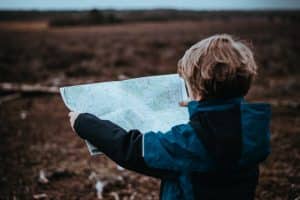
Annie Spratt / Unsplash
Where we are from is important. We see this all the time in the Bible. When people are introduced, it is often with a description of place: Saul of Tarsus, Simon the Cyrene, Ruth the Moabite, and the Ethiopian eunuch. Even Jesus himself was assessed by his hometown when Philip retorts “Can anything good come out of Nazareth?” (John 1:46). As a humble, rural place, many of the Jewish elite did not believe that a great teacher, much less the Messiah, could be raised in such a place. Place defined people even before most had probably ever seen a map. Place shapes the story of the residents. Place is important because it is all part of God’s glorious creation — worthy of paying attention to.
Maps can help us see beyond what is right in front of us. When we open maps, we are reminded of the bigger picture — not just the tunnel vision of our own set path. We see the small out-of-the-way places where many feel forgotten. Remember, Nazareth was just such a city. Maps can help explain how a place came to be like it is. Last year, I listened to a lecture about the demographics of the metro area where I now reside. The professor utilized a series of maps to show how the city moved from integrated to segregated neighborhoods in the early 1900s after fear-mongering by southern politicians and journalists. He showed how post-war mortgage lending practices and red-lining began to codify what had already started due to Jim Crow. Then he showed the map of how the interstates carved up the center city — directly through minority neighborhoods. To see these events visually placed on maps is heart-wrenching. Place is important because it is what drives and shapes our communities. Maps can pique our curiosity and prompt us to ask “why?”
Place shapes our personal stories and, thus, our faith journeys. So, how can paying attention to place serve in our faith formation? How did the place that others grow up impact how they see the world? How can simple tasks like map reading become a spiritual practice in your life?
1) Understand Where You Live: Maps can help visually represent the history of your hometown. Researching maps of growth patterns, demographic shifts, old redlining maps, transit maps, and school boundary maps can help you better understand the place you live. How might urban planning decisions such as where to build highways or shopping malls have contributed to the development of the city? Who was hurt and helped by these plans? How might institutions and churches have been shaped by the history of place? Think about how the place that you grew up shaped the person you have become. Honor the fact that the place others grew up shapes who they are and what they value.
2) Map Your Congregation: Where are members and visitors from? Are people traveling a long way to get to your church or are you serving mainly neighbors? How might this limit or aid in participation in church activities? Where are you less represented in the community? How might you change that? Do your members who are neighbors know that they live near each other? Consider how you can bring your church members in greater community together outside the walls of your church building.
3) Take a Road Trip: Plan a trip to a new location without relying solely on GPS. Along the way try to observe details like road names and natural landmarks. What things do you notice on the map about the areas you pass through? Who lives here? What are their livelihoods? How does this place shape their story? We can learn a lot about inhabitants of a place by what natural landforms are present, for whom roads and towns are named, and the types of industry and farming we see along the way.
4) Investigate Bible Maps: Flip open your Bible and examine those maps at the end. How do the places mentioned in the Bible relate to each other? How did each place shape the people we read about in the Bible? Place the maps side-by-side with current topographic or political maps of those areas. How does understanding the holy land of history help us better understand these areas today?
5) Teach Children to Read Maps: It will be all too easy for the next generation to dismiss paper maps outright. However, knowing how to navigate on your own is an important skill. Sometimes we cannot trust outside voices to know our best interests. We must do the hard work ourselves to know where we are and where we are going. Help them appreciate the wide world and all its possibilities — not just the narrow stretch displayed on the screen. Teach them how to orient themselves in the world when they have lost their way.
I recently read an author’s note by Pam Muñoz Ryan, who wrote Esperanza Rising, a novel for young people about a girl growing up in the California agricultural camps of the 1930s. The author recounted going in for a routine checkup when she was dramatically told by the concerned doctor that she had tested positive for “Valley Fever.” She laughed and replied that of course she did — she had been raised in the San Joaquin Valley, where that was part of everyone’s story. The dust spores of the earth were found in the lungs of all the long-time residents there. The place had literally gotten inside of her. So it is with all of us. With some intention, we can know our place too.
Sarah Blackwell is a 2020 graduate of the Gardner-Webb School of Divinity in the charming one-stop-light town of Boiling Springs, NC. She is a former deacon and volunteers with youth and young adults at Providence Baptist Church in the metropolis of Charlotte, NC. She does not need the GPS to find her way to the river bluffs of Jefferson City, MO, her childhood home, but she likes to have it on to see (like her father) how good of time she is making. Now she resides in the former train-stop town of Matthews, NC. If you cannot find her there, she, like a sea turtle returning to the beach where it hatched, has probably left to visit the coast of South Carolina where she was born. Follow her writings at www.proximitytolove.org.

